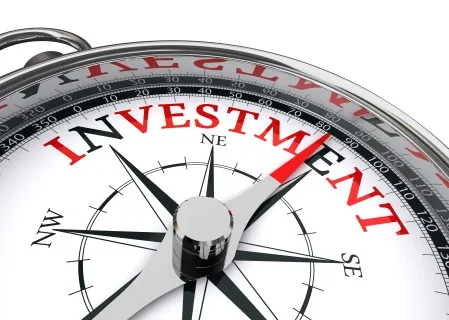
Asia's insatiable investment appetite shows no signs of waning: Fitch
Despite lower profits and higher risks.
Asia remains the world’s largest market for renewable power generation despite rising investment risks. A report by Fitch revealed that Asia has over 19 GW of capacity as of end-2017 fuelled by a rapid 13% CAGR during 2013-2017. This is well above the global average of 9%.
“Many Asian governments have prioritised renewable energy development in their policy-making to address challenges from rising power demand and environmental concerns. These trends together with improving grid readiness will support continued growth of renewables' share in Asia's energy mix,” the report said.
China and India have led the growth, driven by rising consumer demand and supportive government policies. China has been the largest renewable power developer in the world over the past eight years thanks to successful hydropower development, rich wind and solar resources, and a competitive industry for upstream renewable equipment manufacturing.
India has one of the lowest solar and wind-generation costs globally thanks to excellent resources endowment, as well as low costs of land, installation, operating, and maintenance. In terms of energy sources, hydropower’s growth is expected to remain sluggish due to the lack of economically feasible sites and rising environmental and social concerns.
Wind power has also seen a slowdown in capacity additions but is likely to rebound as China has introduced policies to address curtailment issues since 2H16.
Solar power has enjoyed the strongest growth due to a rapid decline in equipment costs, although it remains one of the most expensive power sources except for projects in India. Growth in solar is likely to moderate, though, in light of China's efforts to curb industry overheating and measures to reduce the subsidy burden since mid-2018.








![Cross Domain [Manu + SBR + ABF + ABR + FMCG + HBR + ]](https://cmg-qa.s3.ap-southeast-1.amazonaws.com/s3fs-public/styles/exclusive_featured_article/public/2025-01/earth-3537401_1920_4.jpg.webp?itok=WaRpTJwE)
![Cross Domain [SBR + ABR]](https://cmg-qa.s3.ap-southeast-1.amazonaws.com/s3fs-public/styles/exclusive_featured_article/public/2025-01/pexels-jahoo-867092-2_1.jpg.webp?itok=o7MUL1oO)









 Advertise
Advertise


